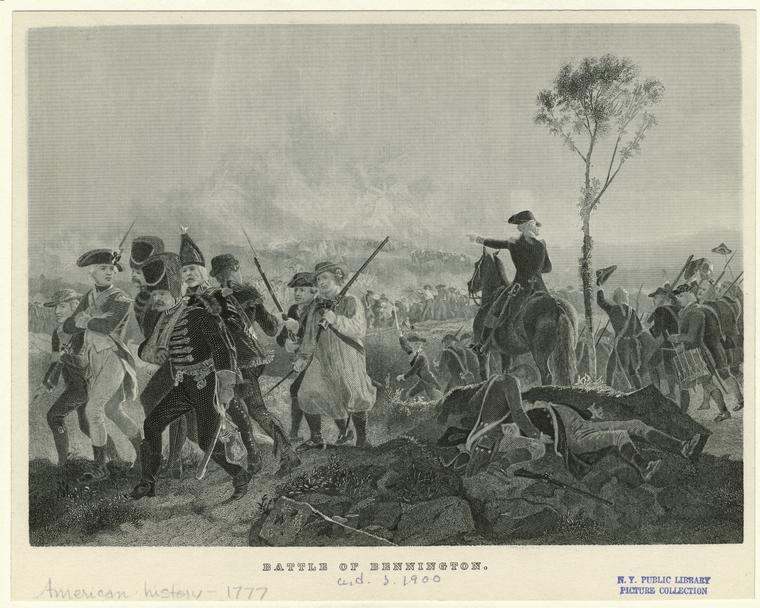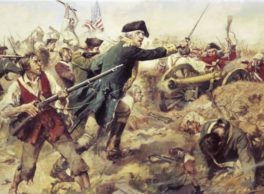Andebit et beaqui corendit, ut quostes esciendion re dit ad et prae parion es quia quas alibus sam, omnim faciden ducipidiat arum autem nobis enis es voat

Road to the Battle of Bennington: Lt. Col. Friedrich Baum’s Expedition of 1777
In August of 1777, Lieutenant Colonel Friedrich Baum found himself a long way from his home in Braunschweig – Wolfenbüttel, what is now a part of Lower Saxony in Germany. The Duke, Carl I provided nearly 6,000 of his fellow servicemen to his son’s brother-in-law, King George III of Great Britain, in order to put down the Rebellion in America. The a majority of them were led by British General John Burgoyne, but when Burgoyne found his military campaign in serious need of provisions, draft animals, and a military diversion, Baum was sent to lead a raid on a supply depot in Bennington, VT. Speaking only his native German, and having no field experience in commanding a multinational force of nearly 800 German, British, Canadian, American and Native troops, Baum and his force departed from the British encampment on the Hudson River. They marched along a rugged route their enemy, the rebel Americans, had cut just the year before, to what they believed was a scantily guarded depot. This story is the anatomy of a disastrous event … explore Lt. Col. Friedrich Baum’s ill-fated journey to the Battle of Bennington, and experience some of the most stunning landscape to be found along New York’s Lakes to Locks Passage. Best Times to Go
The season for Bennington Battlefield is May 1 through Labor Day.
What You Should Know Before You Go
The Road to the Battle of Bennington offers visitors a story-filled tour of the historic route taken by Lt. Col. Friedrich Baum in 1777. Paul Loading, Town of Kingsbury Historian, and John Sheaff, Walloomsac Battle Chapter of the Empire State Society SAR, traced the historic route of Baum and his men through tireless research. Not all the roads along this route are paved, but these back roads of Washington County will treat you to some of New York’s most stunning scenic views.
Along the route, you will discover the fate of Baum and his nearly 800-man army while visiting local landmarks. These landmarks are primarily identified through New York’s historic markers and stone monuments with inscribed brass tablets. Several of the historic sites are private property; please respect private property, and do not trespass.
The Bennington Battlefield State Historic Site does not have staff, but interpretive panels are accessible during park hours.
What About this Experience is Distinctive or Authentic to the Character of the Region?
History is written by the victor, and popular knowledge of the American Revolution is from the perspective of the Rebels. The narration of this tour is primarily from the letters, diaries and oral histories of the British, German and the colonists that were engaged with the event. From their perspective this was a civil war.
The Battle of Bennington took its name from the location of the American lines. In reality, the New York and Vermont border runs between the American and British lines, but the core battlefield is within the State of New York – where local historians refer to it as the Battle of the Walloomsac.
Comments
Great map and audio. I do tons of Cambridge history so I’m familiar with Col Baum’s passage through my village but I was never sure how he got from Schuylerville to Cambridge. Very interesting route. Nice story. Thanks for sharing
Ken Gottry, 1/2/2017
Trying to find the Route Gen Stark took in 1777 with 800-1200 men from Fort #4 in Charlestown NH to Battle of Bennington VT [email protected]
scott, 5/26/2017
Location
Downloads
c/o Grafton Lakes State Park
(518) 279-1902
PO Box 163
Grafton, NY 12082 US











